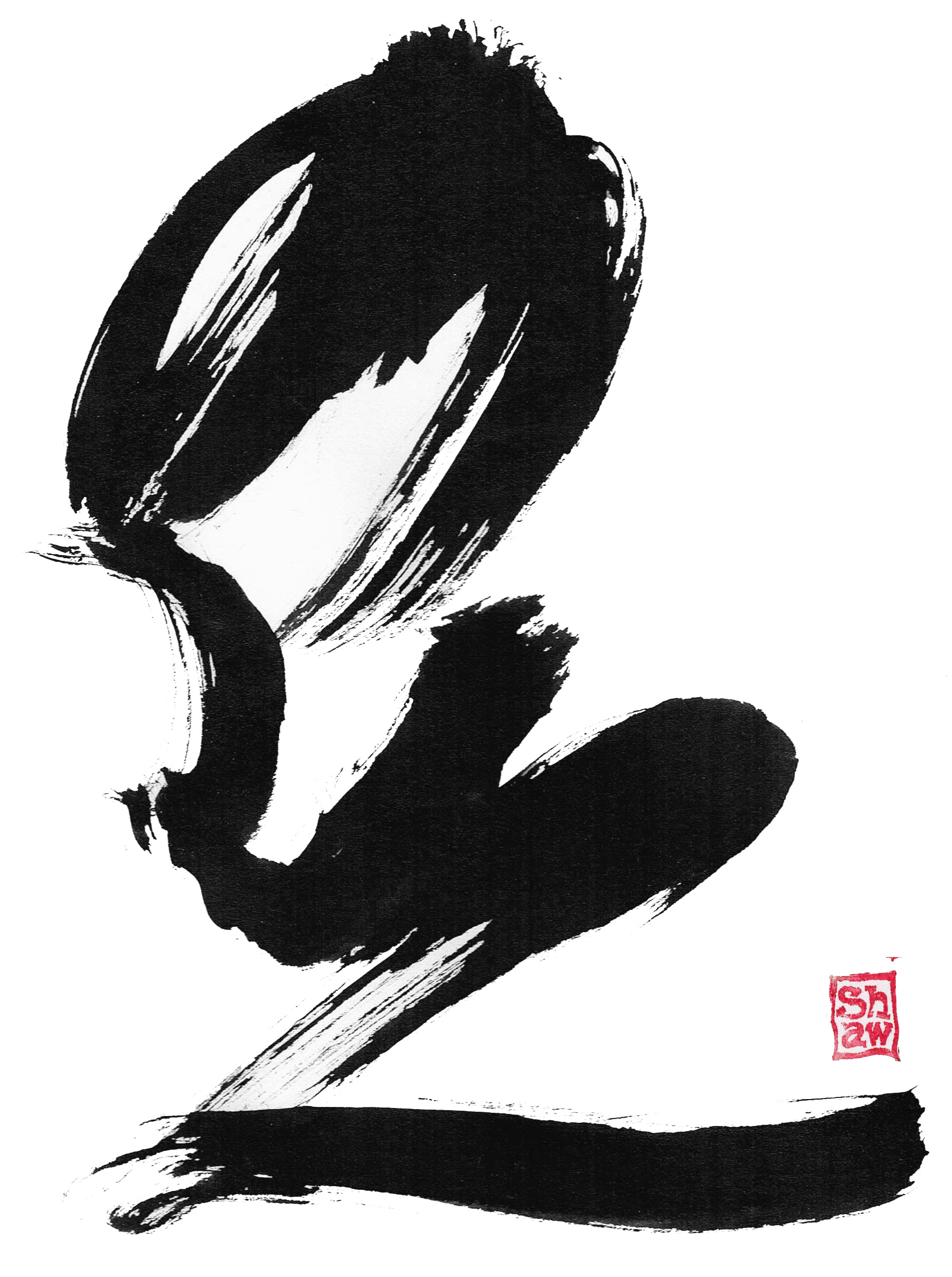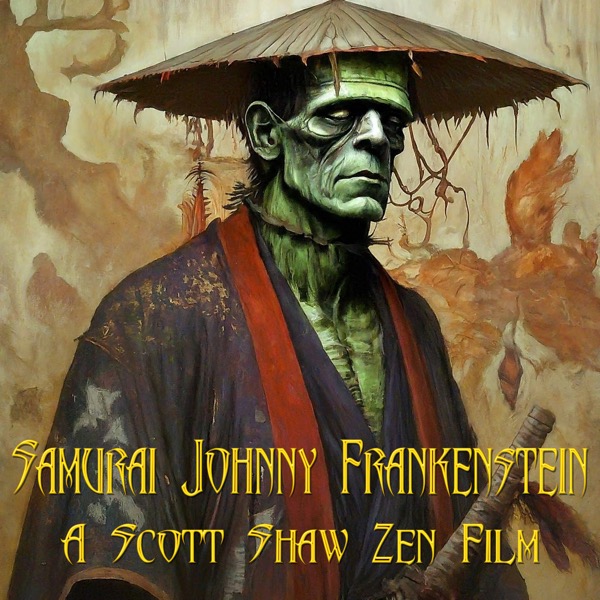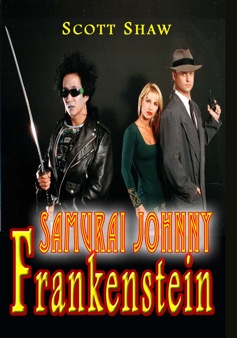Samurai Johnny Frankenstein



Samurai Johnny Frankenstein
A Dance of Light and Shadow:
The Fusion of Genres in Samurai Johnny Frankenstein
Samurai Johnny Frankenstein, a 1993 film by Scott Shaw, defies easy categorization. It's a genre-bending dance between the starkness of film noir, the dynamism of martial arts action, and the introspective quietude of Zen philosophy. This essay delves into this unique fusion, exploring how the film utilizes these seemingly disparate elements to create a compelling and thought-provoking cinematic experience.
The film's noir roots are immediately apparent. Private investigator Sam Rockmore, our jaded protagonist, embodies the classic noir archetype. His trench coat, fedora, and cynical wit evoke Humphrey Bogart and Philip Marlowe, navigating a morally ambiguous Los Angeles shrouded in shadows and neon lights. This familiar setting provides a foundation for the unexpected elements that are soon introduced.
Martial arts seamlessly integrate into the narrative, elevating the film beyond a traditional noir. Sam's fighting skills, displayed in expertly choreographed sequences, become essential tools in his investigation. The action never feels gratuitous, instead serving to propel the plot forward and showcase Sam's inner turmoil as he confronts increasingly formidable opponents.
But it's the inclusion of Zen philosophy that truly distinguishes "Samurai Johnny Frankenstein." Zen themes of detachment, self-acceptance, and finding purpose in chaos permeate the film. Sam's interactions with the enigmatic cyborg Hal, a being grappling with his own duality, prompt introspective conversations about the nature of good and evil, life and death. These philosophical undercurrents add depth and complexity to the action-packed noir framework.
Shaw's use of black and white cinematography heightens the film's visual storytelling. Sharp contrasts between light and shadow not only evoke the classic noir look but also symbolize the internal conflicts within Sam and Hal. The starkness emphasizes the moral ambiguity and forces the viewer to confront the blurred lines between hero and villain.
This fusion of genres, however, is not without its challenges. The film's ambition can sometimes lead to uneven pacing and tonal shifts. Some viewers might find the philosophical discussions jarring within the fast-paced action sequences. Yet, it's precisely this willingness to blend disparate elements that makes Samurai Johnny Frankenstein so intriguing.
Ultimately, the film is a testament to the power of genre subversion. It's a martial arts film that contemplates Zen philosophy, a noir detective story infused with fantastical elements. Samurai Johnny Frankenstein asks viewers to embrace the unexpected, to find beauty in the shadows, and to contemplate the depths of human existence amidst the thrill of action. It's a film that lingers long after the credits roll, inviting us to question our own perception of reality and the boundaries between genres, just like the samurai detective at its heart.
Samurai Johnny Frankenstein: Genre-Bending Adventure
Overview:
Samurai Johnny Frankenstein is a unique film, blending together genres and leaving its mark on cult cinema.
Genre-Bending Adventure:
